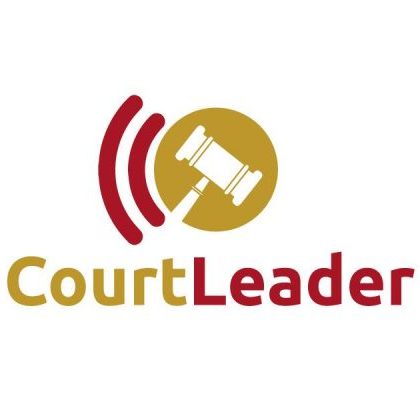Courts often garner confusion about their role and purposes. Processes may be complex and intricate. Television portrayals and media coverage contribute. This article reiterates the role of the court leader to be the chief storyteller about the purposes and responsibilities of the court.
Public perceptions about courts have been documented including:
- Opinion surveys showing diminished trust, influences from online news and social media dependence, with Americans having minimal knowledge about the courts.[1]
- Recognition that information and portrayals about courts are distorted.[2]
- Efforts to listen to various communities to improve operational practices.[3]
A recent issue of the National Association for Court Management (NACM) Media Guide also illustrates the impetus to educate and inform the public:[4]
- Court leaders can be proactive with information that spotlights court information.
- Leaders should determine the key message for the public.
- Being transparent about court operations and processes is good.
“You are on the front lines of defending democracy”[5]
The court leader is positioned to inform, translate, explain, and educate others about the court. Leaders can leverage knowledge about the justice system, provide clear and understandable information about operations, and use court performance metrics. Ultimately these will provide an understandable storyteller narrative.[6] I suggest that court leaders:
- Be knowledgeable about court operations and understand functions and processes,
- Link communication about the court to the court role and purposes,
- Leverage concepts about high performance courts,
- Be comfortable using data and measures – know the court data and use it, and
- Create and tap into opportunities and be ready to talk about the work of courts.
Here are practical examples of how a court leader can tell the story about the purposes and responsibilities of the court and work outcomes.
- Provide briefings and orientations on court operations and the outcomes of all work conducted by courts. A court leader may identify ways to educate readers on what court operations consist of and what court performance measures mean. This may include publishing something with the explanations, terminology, and concepts; it may include doing a briefing for the funding body or authorities.
- Use court performance measures and publish the data. Be familiar with the court performance measures used for your court. Use concepts about what courts do to be high performing. Options can include a monthly report, a weekly or periodic report, or a special report highlighting some aspect of operations. A court leader can seek out ways to make court measures meaningful. Screen shots of actual reports are included here to illustrate examples a court leader may want to consider.[7]

3. Create what is known as an elevator pitch to talk about and explain court work. An elevator pitch is a short speech that tells the key message in a very short time. The goal is to get attention, quickly deliver the message, and then conclude.[8]

In closing, I suggest that court leaders contemplate the following to become the storyteller:
- Understand the purposes and responsibilities of courts.
- Embrace the role of telling the court story and explaining the court role and purpose.
- Find the method and style that works for you and engage staff members to help if you are not conversant on performance data.
- Be proactive, ahead of any public or community interest, and don’t wait for a crisis.
- Make information about court work and results meaningful.
- Be conversant with court operations and caseflow management practices.
- Find effective ways to translate court performance data.
- Find opportunities to inform and educate whether via an elevator pitch or in written reports and documents.
- Start somewhere and expand the storyteller role.
[1] The National Center for State Court 2019 Public Opinion survey may be accessed at https://www.ncsc.org/topics/court-community/public-trust-and-confidence/resource-guide/2019-state-of-state-courts-survey
[2] Justice Management Institute (JMI) information may be accessed at National Network of Criminal Justice Coordinating Councils | The Justice Management Institute (jmijustice.org).
[3] See the Institute for the Advancement of the American Legal System (IAALS) report at public_perspectives_on_trust_and_confidence_in_the_courts.pdf (du.edu) .
[4] Managing the Message, 2020 Media Guide for Today’s Courts, published by the National Association for Court Management and the Conference of Public Information Officers, October 2020, available from www.nacmnet.org or https://nacmnet.org/resources/store/.
[5] Suzanne Spaulding, Senior Advisor, Center for Strategic and International Studies, speaking at the National Center for State Courts E-Courts Virtual Conference on December 9, 2020.
[6] This role does not encompass direct case assistance or information to litigants.
[7] Report examples are taken from personal experiences on how to effectively tell the story about the court. One such report can be accessed at Annual+Executive+Summary+FY+11-12.pdf (scottsdaleaz.gov)
[8] Content about the elevator pitch is adapted from presentation on “The Court Administrator, Role, Purpose, and Capabilities,” presented at the National Association for Court Management Annual Conference, July 2011, Las Vegas, Nevada.

